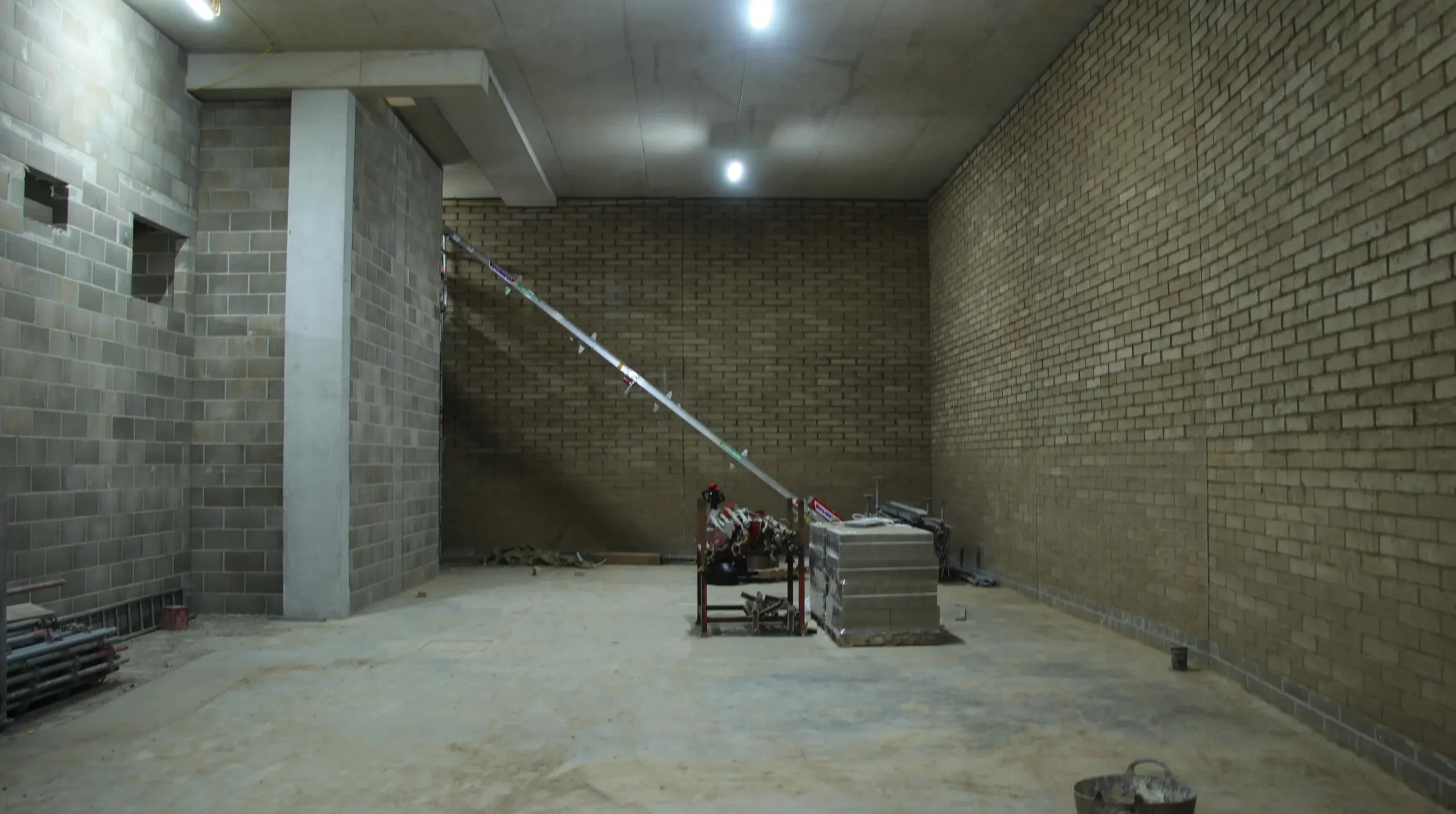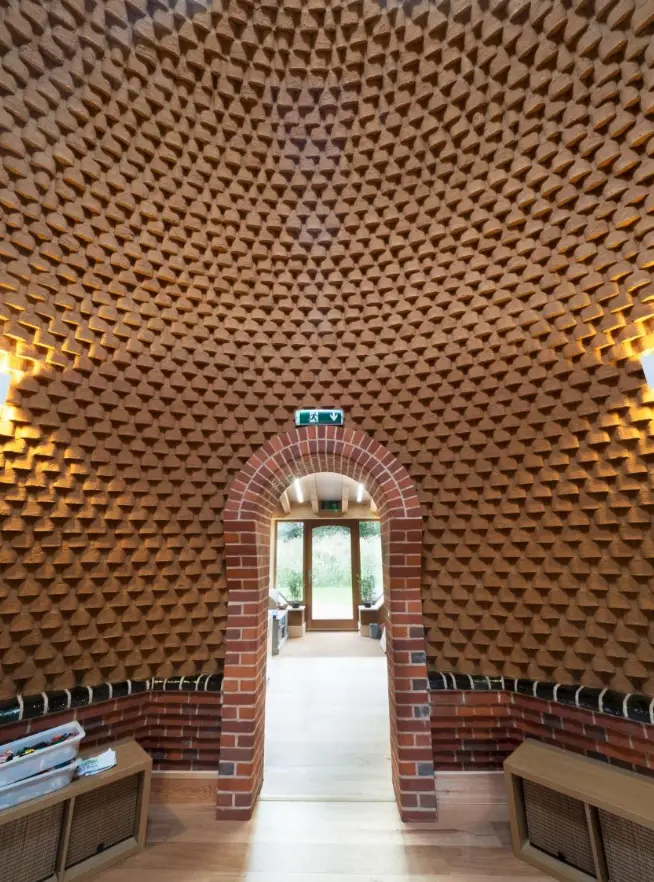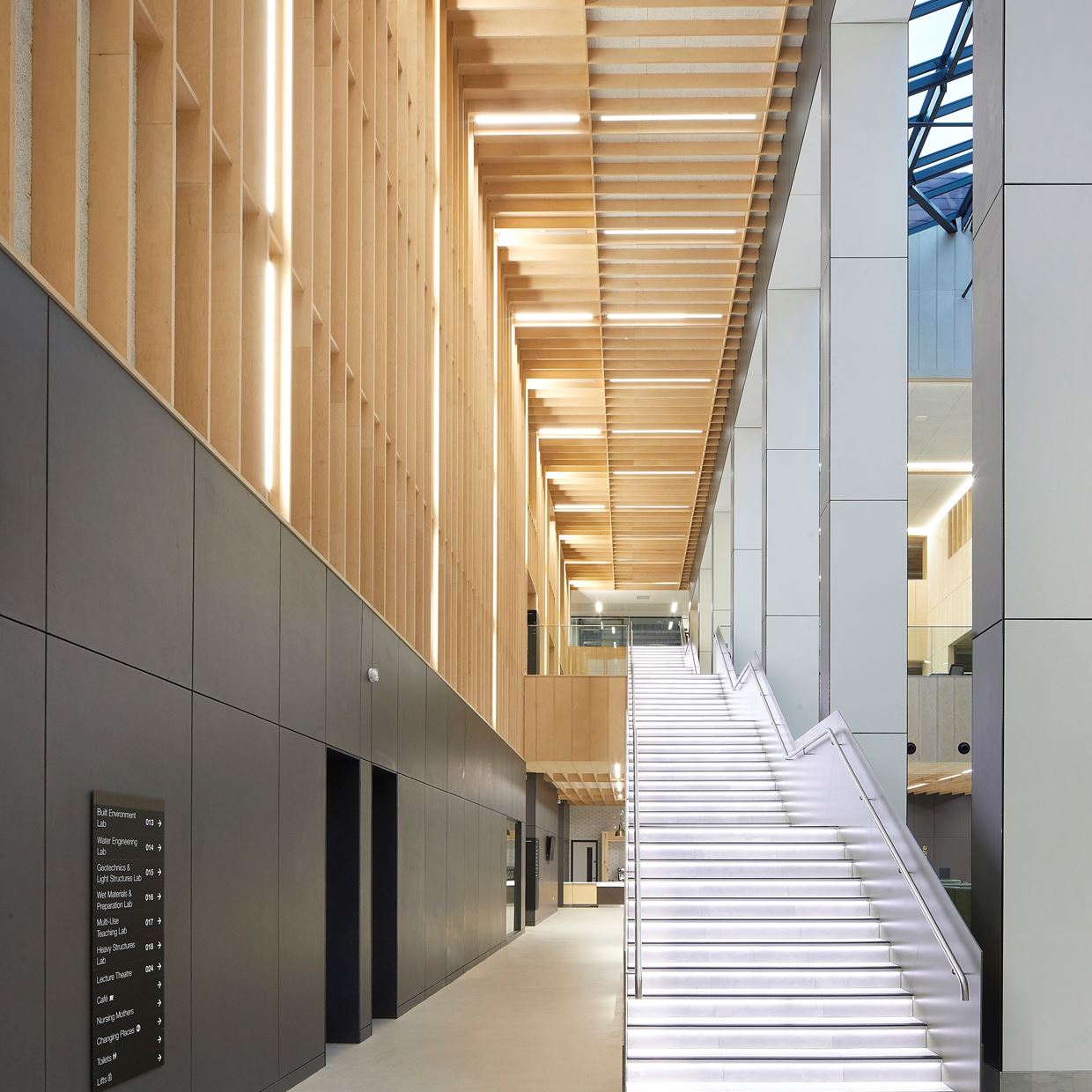Case Study: Strocks Solutions For The Arbour Development, Tribeca Kings Cross and Bellingdon Nursery

Image from HG Mattews
Introduction: Discovering Strocks - Unfired Earth Blocks for Sustainable Structures
Strocks – unfired earth blocks are crafted from clay-rich earth and chopped straw. These unassuming building elements find their strength in simplicity, ideal for forming structural walls supporting up to three storeys. In the following case study covered by the UKGBC we shed light on Strocks’ potential in fostering eco-conscious building practices. Join us in uncovering the practicality and possibilities inherent in Strocks as we navigate the landscape of building materials based on their sustainability performance.
Addressing the Challenge: Tapping into the Potential of Unfired Clay
Within the construction sector, unfired clay emerges as a standout due to its minimal emissions during the production phase. Yet, unavoidable impacts such as extraction and transportation contribute to environmental concerns. Strocks confronts this by embracing the third impact – drying instead of firing, the most significant of the three savings. In use, the substantial mass of clay acts as a structural and thermal buffer, enhancing heat regulation and managing internal humidity. Strocks play a crucial role in sequestering VOCs, notably formaldehyde, a pervasive indoor pollutant.
Innovative Solution: Moulded Clay Blocks
Strocks, clay blocks infused with straw and moulded into an innovative solution, offer an inventive answer. Crafted from on-site or transported clay, these blocks undergo drying without firing, resulting in substantial energy and emissions savings. Serving as load-bearing, fireproof, and sound-attenuating components, Strocks present a versatile alternative to traditional bricks. Ideal for reusing excavated material on-site. The use of clay plasters further enhances their sustainability performance.
The Arbour Project: A Showcase of A Greener Future
Developed by gs8 in 2022, “The Arbour” exemplifies the successful integration of Strocks. This mixed housing development utilised spoil from foundations to craft Strocks for party walls. Beyond meeting Passivhaus design standards, the unfinished blocks contribute to sound and fire attenuation, adding character and aesthetic value to the structures. The environmental gains, including improved indoor air quality and VOC sequestration, align with the developer’s commitment to a greener environment, creating a high-performance yet environmentally conscious living space.

Image from The Arbour
Tribeca Kings Cross: Commercial Public Building
Tribeca is a commercial life science laboratory in the heart of London’s Kings Cross. Strocks are made from extracted piling material and in the first phase are used to line the basement as a direct replacement for concrete blocks. Testing was done to prove their compressive and flexural strength as well as a complete fire spread and resistance tests meaning they could be used as partition wall materials on the next phases. Strocks used in this way mean improved air quality, managed humidity which in turn reduces the spread of bacteria, virus and mould spores so important in a work environment.
The Nursery, Bellingdon
HG Matthews consulted with earth expert Gernot Minke to design the special blocks produced for this unique load bearing dome. Clay lends itself to making many different shapes each with the qualities of a load bearing material with the health and well being benefits of unfired clay. The Nursery hosts 40 small people every day with a minimum of active heating through the winter and with a pleasant cool temperature through the summer. The thermal mass really comes into its own with this project, giving the children a fantastic start in life.

Image from HG Mattews
Strocks on 2050 Materials
2050 Materials partnered up with Strocks as they offer more than just structural integrity. Their composition, aided by thin bed clay mortar, creates a homogenous and seamless earth wall. Explore their thermal properties, capturing warmth during the day and radiating it at night. Additionally, witness their natural ability to regulate indoor humidity to a balanced 50%.
In the spirit of materials based on their sustainability performance, strength and genuine innovation, Strocks present an alternative for those seeking a harmonious blend of functionality and greener construction. Discover the full properties on app.2050-materials.com here and reach out to us on info@2050-materials.com for more information.

Strocks 210 on 2050 Materials Platform
Sources
Unfired clay bricks, UKGBC
Planet-positive homes in the heart of Walthamstow Village, The Arbour
Strocks 210, 2050 Materials Platform
Related articles

Case Study: Eiffage Route Developed Biophalt, a High-Performance Plant-based Asphalt, in an Effort to Decrease CO2 Emissions in Road Construction
Eiffage has created a plant-based asphalt that is made of recycled road-surfacing components (reclaimed asphalt) and a bio-sourced binder that comes from paper and forestry sector byproducts.
Read more
Case Study: Enhancing Architectural Continuity at the University of Wolverhampton with d line
This case study explores how d line's products played a pivotal role in creating a harmonious blend of historical significance and modern functionality at the University of Wolverhampton's School of Architecture and the Built Environment.
Read more